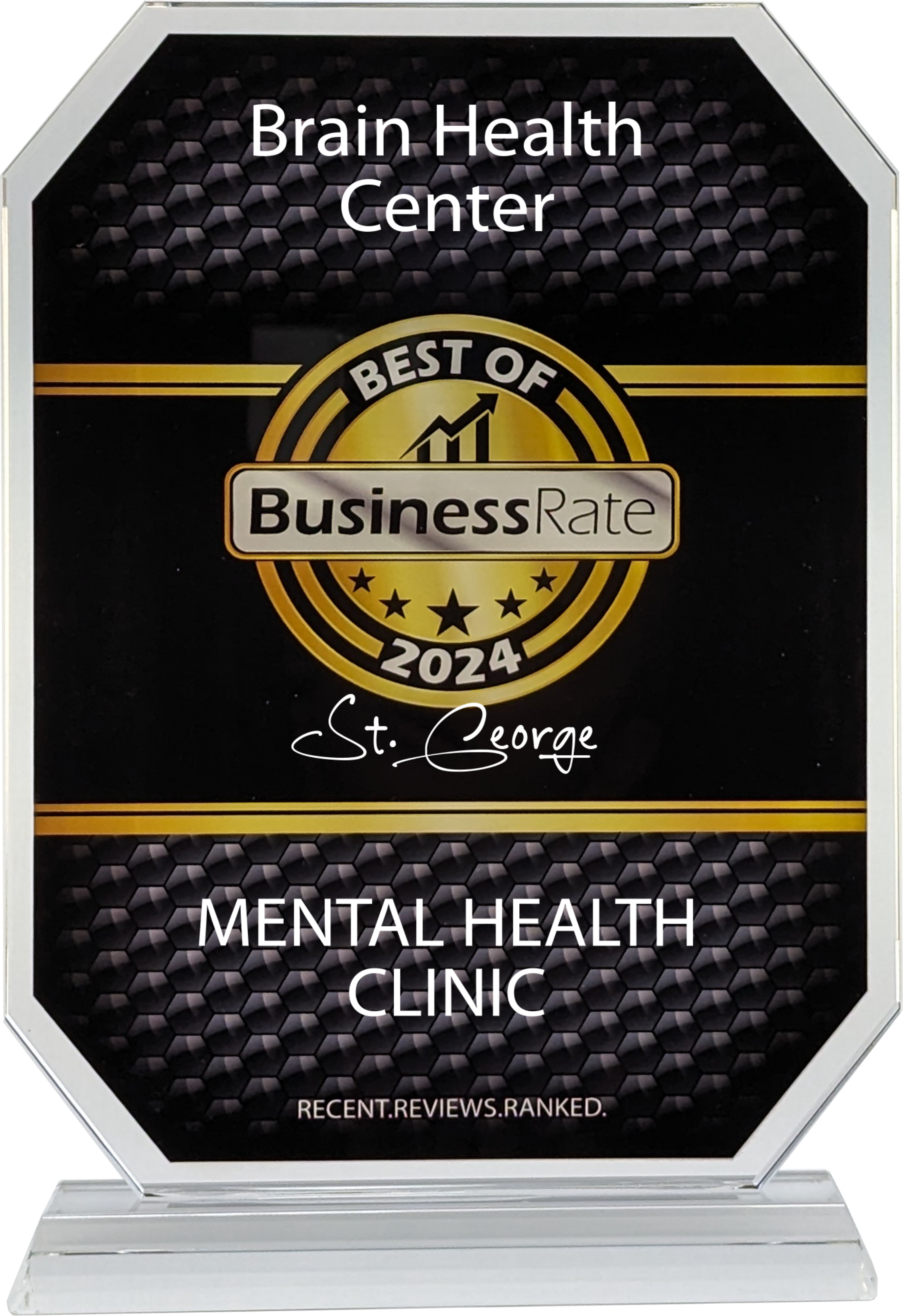Obsessive-compulsive disorder (OCD) is a complex mental health condition that goes far beyond stereotypes. It’s marked by distressing intrusive thoughts and repetitive behaviors that can disrupt daily life and take a major toll on physical and mental well-being. While...
TMS Therapy Articles
Exploring the Latest Treatments for Anxiety: What Patients Should Know
As one of the most common—and also most studied—mental health conditions of our time, there’s no shortage of treatments for generalized anxiety disorder (GAD). But as more people seek care, one thing has become clear: relief needs to be faster, more personalized, and...
6 Ways To Help A Teenager With Anxiety
Anxiety disorders are common in teens and can show up in subtle ways, including mood shifts, sleep changes, or social withdrawal. Support from family and open communication are key to helping teens manage their anxiety. Lifestyle habits, including sleep, movement, and...
Effective ADHD Treatment Without Medication: Options for Better Focus
Attention deficit hyperactivity disorder (ADHD) is a common mental health condition that affects approximately 6% of adults in the United States. It’s often associated with kids, but plenty of adults live with it too, bouncing between thoughts, struggling to sit...
Is TMS Covered by Insurance?
Mental health conditions are being recognized and diagnosed more than ever before, leading to greater awareness and greater demand for effective treatments. While traditional approaches like medication and talk therapy help many people, they don’t work for everyone. ...
OCD Treatment For Kids: Learn The Options
Mental health conditions aren’t exclusive to adults. Kids can struggle too, and obsessive-compulsive disorder (OCD) is one of those conditions that often goes unnoticed longer than it should. It involves recurring thoughts or urges that are hard to control, along with...
What is Inpatient Depression Treatment?
Feelings of sadness, grief, and being overwhelmed are natural. But when these feelings persist, intensify, or disrupt daily life, it can signal something more profound that needs attention. Depression can impact every aspect of life, from mood and motivation to...
ECT vs. TMS for Depression: Understanding Treatment Options
Clinical depression is one of the most prevalent mental health conditions worldwide, affecting people of all backgrounds with varying symptoms and severity. While some find relief through traditional treatments like therapy and medications, many continue to struggle...
Understanding TMS for Anxiety: A Cutting-Edge Solution for Lasting Relief
What is Transcranial Magnetic Stimulation for Anxiety? How It Works Types of TMS Treatment for Anxiety Does TMS Help With Anxiety? Who Can Benefit? How Long Does It Take to See Results? The Brain Health Center's Approach to TMS for Anxiety Take the Next Step Toward...
Compare and Contrast Mental and Emotional Health: Understanding the Differences
What is Mental Health? What is Emotional Health? What is the Difference Between Mental and Emotional Health? Interdependence of Mental and Emotional Health The Importance of Addressing Your Health — Mentally and Emotionally Innovative Treatments for Mental Health...
It's Time To Heal
For many of our friends seeking wellness, TMS is an incredible solution. Get started now with our team.











